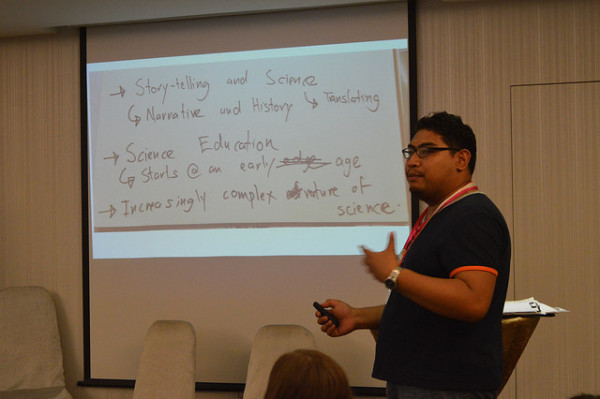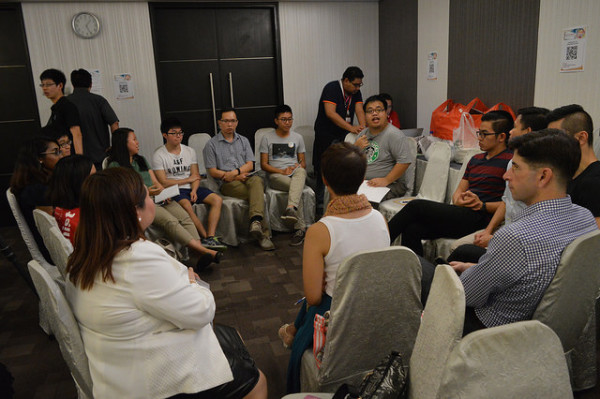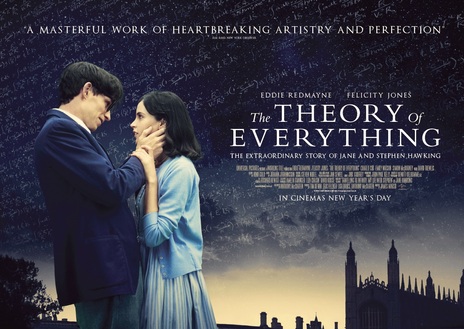On the first day of the Asian Humanism Conference, participants broke into four groups to discuss four major questions based around the theme: Unity in Diversity. This is the fourth and last discussion.
Topic: Humanism and Scientific Literacy

1. The group noted the use of popular culture as a vehicle for promoting science literacy by making scientific facts easy and digestible. There has been a series of movies that portray the lives of famous scientists such as The Theory of Everything (Stephen Hawking) and A Beautiful Mind (John Nash).
2. Nonetheless, the group — consisting of several educators and scientists who has dealt with science on frequent basis — felt that a lot of people still found science very intimidating, especially when it gets very technical. One of the things discussed was how we can make science communication better.
3. The group noted the rise of social media and the internet which has allowed people to have better access to science facts. When people absorb facts and present it online, they tend to defend it confidently and vigorously because they know it as a stand alone fact.
4. Nonetheless, humanists rarely change people’s mind within one conversation. Empathy was then brought into the discussion. The group felt that humanists need to look at where people are approaching their arguments from. For example, there is an idea spreading on the Internet that a certain unproven remedy can cure cancer. For those who believe in them, they find it comforting to fall back on pseudoscience because it provides easy answers for something that is insurmountable. However, it is still important to have a conversation of facts with them, because it provides them new things to think about, long after the conversation is over.
5. The group then discussed ways to better communicate scientific facts. One way was to use the power of the narrative. For example, if you list all the facts and technical terms, people will not appreciate and absorb them. However, if you discuss science within the context of narrative, it will be more effective.

6. One of the most powerful narrative available is the history of science. For example, science communicators can teach people how humans learnt many things and made a lot of mistakes along the way. The group then discussed some examples where science was presented through narratives. One well known example is the Cosmos: A Spacetime Odyssey series. The group then discussed why certain science communicators, such as Richard Dawkins, seem to rub people the wrong way, and why some others like Bill Nye are more endearing. The group discussed whether this has something to do with their tone, and whether it is better to focus on good communication instead of simply proving a point.
7. The group talked about the difficulties faced in translating technical science facts. As time goes on, and scientists find out more about environment and the world we live in, it will be harder to bridge the gap between common knowledge and specialised knowledge. The group felt that there is a need to find out the best way to communicating ideas without compromising scientific concepts.
8. Lastly, the group discussed the best time to start talking about science to children. The group felt that it must be done as early as possible. They then discussed ways to talk about science to kids. One way that was brought up called for the parent to act as the devil’s advocate. The parent can choose to tell the kid some wrong things, on purpose, so that the child will learn to be sceptical, especially when listening to someone more senior than them.
Other discussion summaries:






